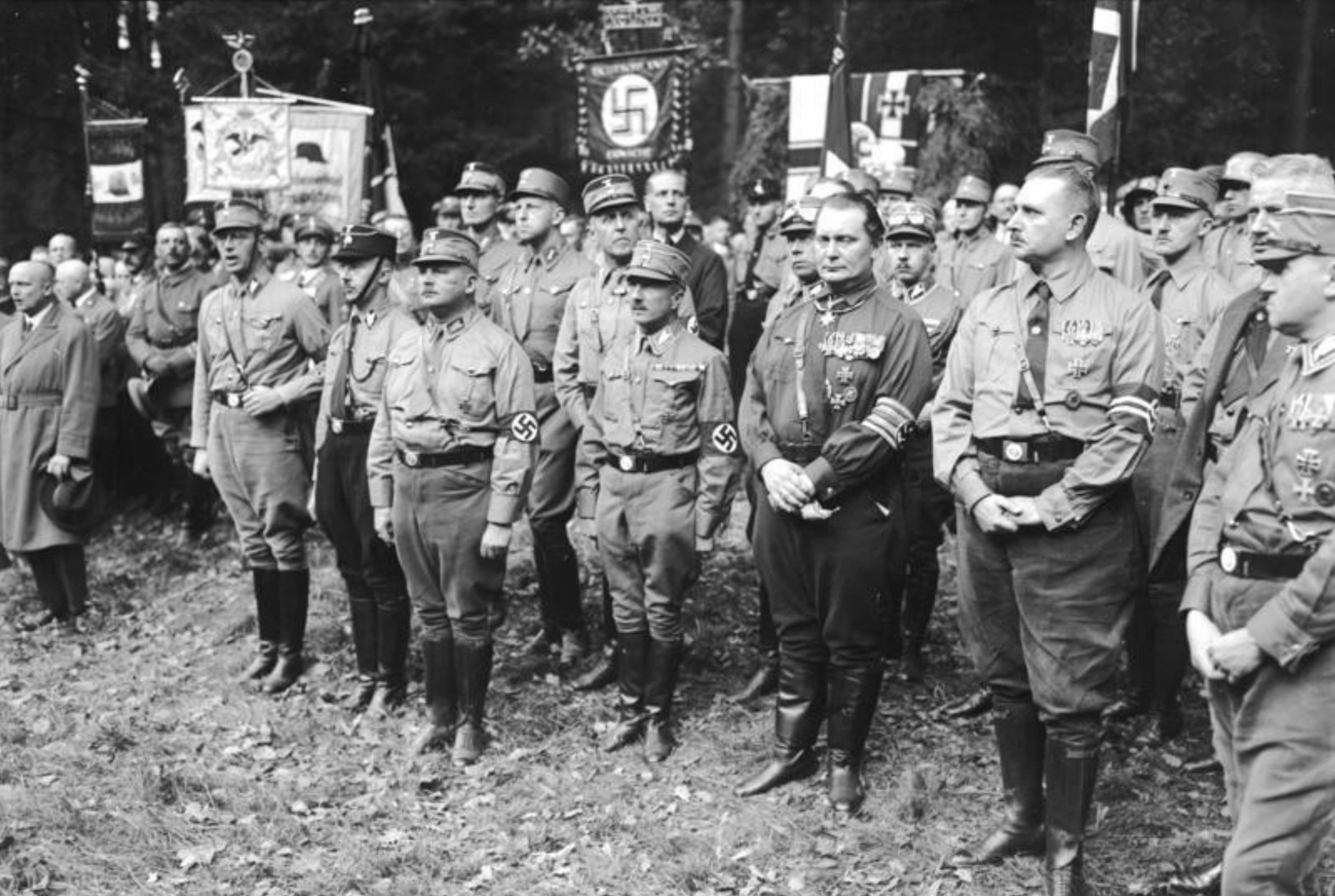American Loans
American assistance in the mid-1920s hauled the Weimar Republic back from the brink of collapse. This was called the Dawes Plan and it involved the transfer of 800 million marks from the United States of America to the
German Government in which the German economy began to recover.
In 1928 industrial production finally surpassed pre-First World War levels. By 1930 Germany was one of the world's leading exporters of manufactured goods.
However the Germany economy still had serious weaknesses.
- It depended on American loans which could be withdrawn at any time
- Unemployment was a serious problem. The economy might be growing, but it wasn't creating enough jobs fast enough for Germany's growing population.
- There were serious cases of extreme wealth and poverty throughout the German people.
- Some sectors of the economy were in trouble throughout the 1920's, farming in particular. Farmworker's earnings were, by 1929, a little more than half the national average pay.
Between 1929 and 1932, support increased for parties with extreme solutions to Germany's problems. While the communists promised to give the unemployed and working classes control of the country and ownership of industry, the Nazis were seen as the strongest group capable of preventing what others saw as the threat of communism. The political system made it very difficult for the democratic parties to keep
governments in power.
People began to blame the political parties for Germany's problems. Extremist groups proposed drastic measures, and these seemed more appealing to people desperate for solutions.
As democratic governments failed to deal with Germany's problems, the Nazis looked to many to be the strongest option. In the election of July 1932 the Nazis won 37 per cent of the vote.
This made them the largest single party in the Reichstag and Hitler, as their leader, Hitler was made Chancellor, the head of the German government.
